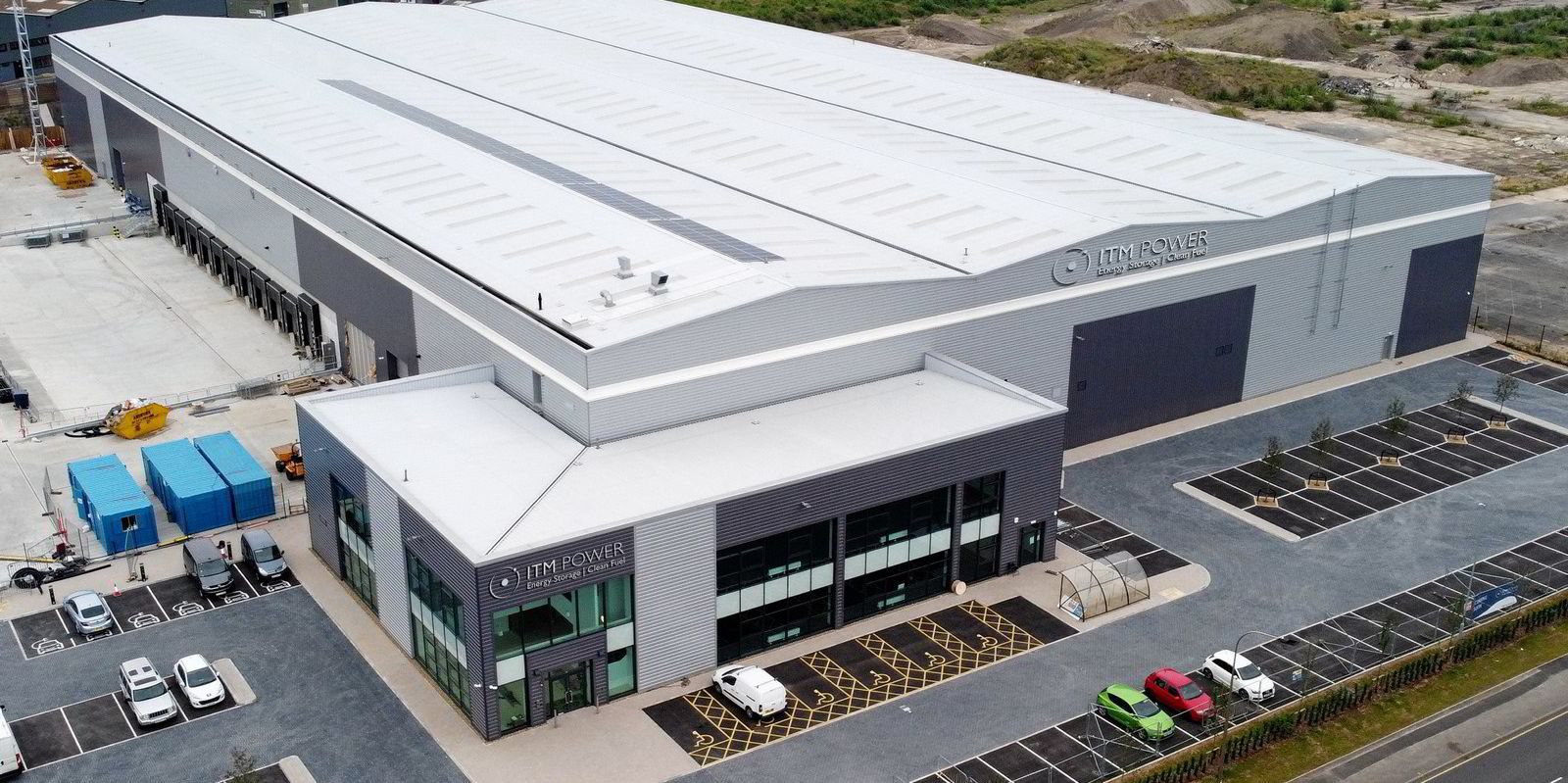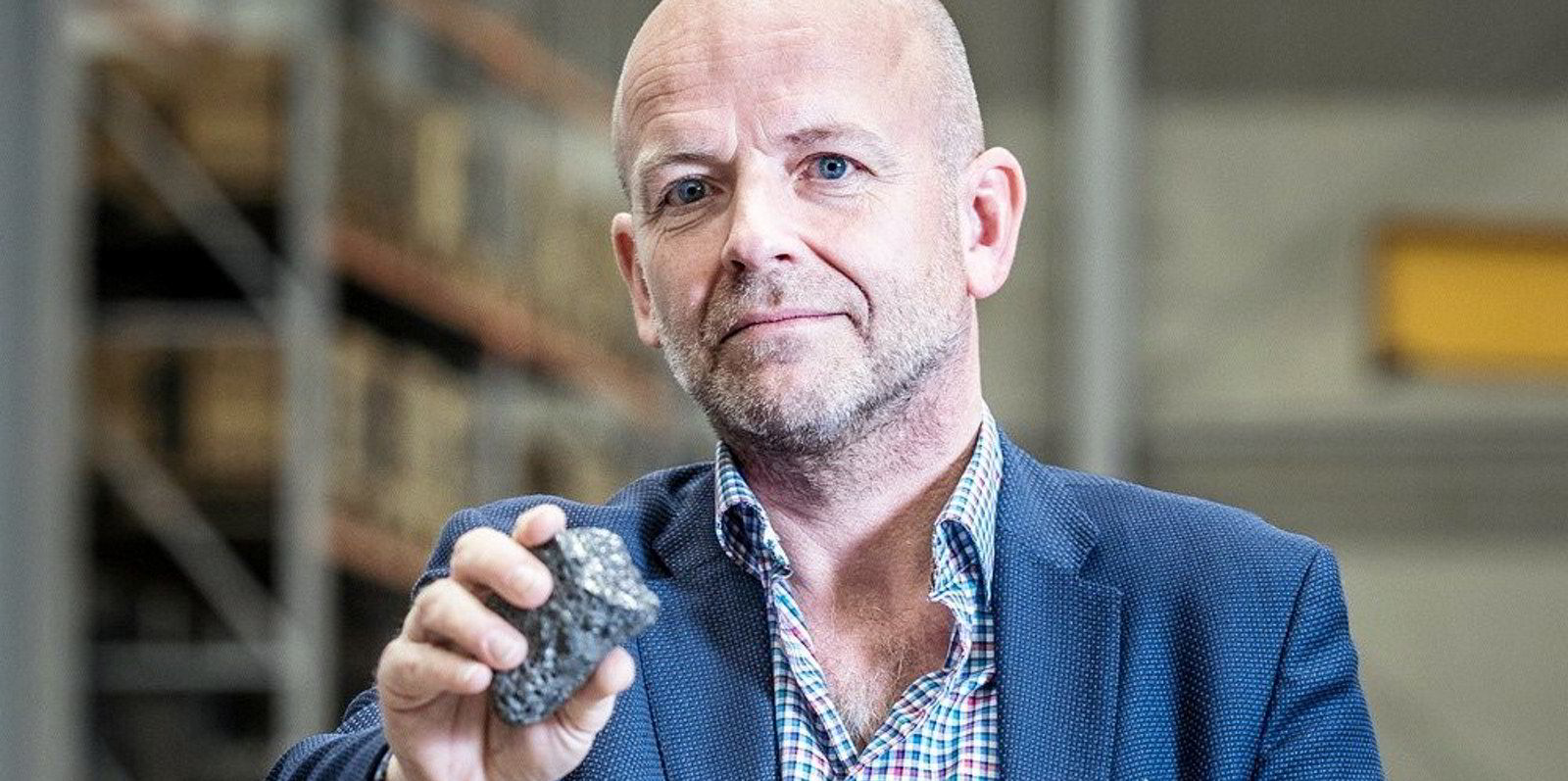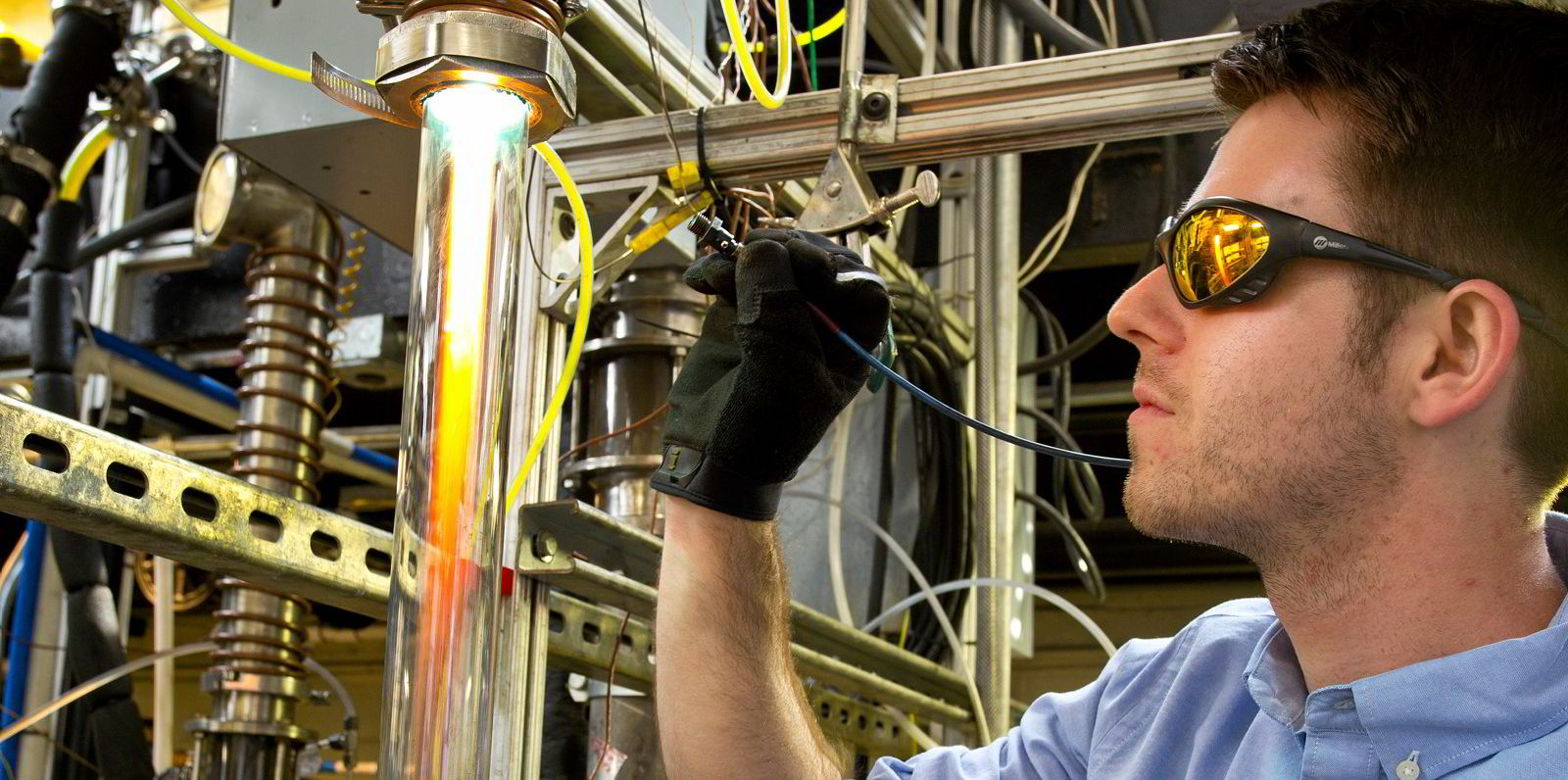A US start-up backed by investors including Mitsubishi and United Airlines says it can produce clean “gold” hydrogen for $1/kg from depleted and abandoned oil & gas wells through the deployment of special microbes.

These naturally occurring subsurface micro-organisms, Cemvita Factory claims, essentially consume the carbon contained inside the fossil fuels and can release 20-50 tonnes of hydrogen per field in the process — resulting in the “lowest possible cost of hydrogen production today”.
“Gold hydrogen is a novel source of carbon-neutral hydrogen produced from depleted oil reservoirs that are ready for plug and abandonment, extending the life of wells that would otherwise be a significant burden,” the Houston-based company says in a press release.
Cemvita scientists have been able to increase “microbe performance by six and a half times the rate needed to produce hydrogen at $1/kg, a key milestone necessary to advance the program toward commercialization”, it added.
“The subsequent field trial was completed in the Permian basin with a partnering company, where the team successfully measured hydrogen concentrations three orders of magnitude above baseline.”
Cemvita defines “gold” H2 as the “biological production of hydrogen in the subsurface through the consumption of trapped or abandoned resources”. The term has also been used by companies drilling for hydrogen that has naturally formed under cap rocks.
The company has now formed a wholly owned subsidiary called Gold H2, recently opening and closing a funding round led by investors Chart Industries, an energy-focused equipment manufacturer and global investment partnership 8090 Industries.
“We have incredible conviction in next-generation, clean hydrogen production methods that leverage the vast and sprawling infrastructure and know-how of the oil & gas industry,” said 8090 co-founder Rayyan Islam.
“It turns out, this approach leads to the lowest possible cost of hydrogen production today and the largest players in the energy and industrial sector have taken serious notice.”
Zach Broussard, director of Gold H2, added: “In a very short time frame, we moved out microbes from the lab to the field. The hydrogen production in this trial exceeded our expectations.
“As we continue to use hydrogen-producing microbes downhole, we anticipate we can achieve rates that will translate to hydrogen production at $1/kg or less.”
Gold H2 will now attempt to commercialise its technology through a mixture of licensing, joint ventures and ownership of hydrogen-producing assets.
Cemvita, which describes itself as being “on a mission to reimagine the heavy industries such as oil & gas and mining for the net-zero economy, counts Mitsubishi, United Airlines, Occidental Petroleum and fossil-fuel/mining company BHP among its investors.
Last week, the company signed a licensing agreement with the Colorado-based National Renewable Energy Laboratory (NREL) to be able to access the latter’s biological innovations, such as using organisms to convert CO2 into fuels and chemicals.
A press release issued by NREL stated that “it could soon be as cost effective to make some of the most widely used chemicals out of CO2 and green electricity as it is to make them with petroleum”.
Cemvita aims to remove 250 million tonnes of CO2 from the atmosphere every year by 2050.




